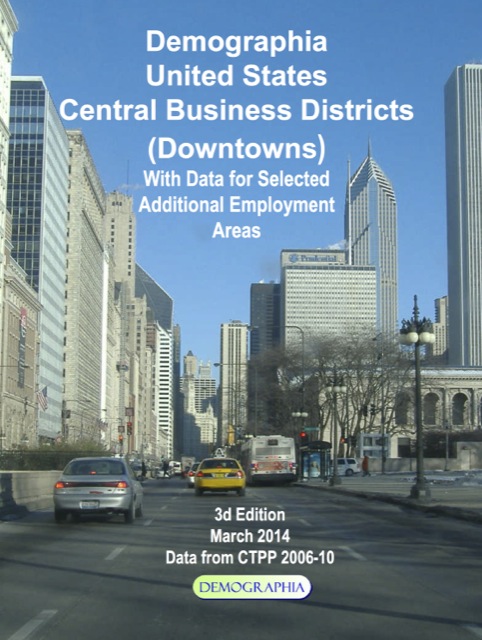The Census Bureau released data from the 2014 American Community Survey last week, including estimates for how people get to work, how expensive housing is, and how much money people earn. I’ll get to commuting data later this week, but today I’ll look at home prices and incomes. The 2014 American Community Survey is based on reports from more than 2.3 million households.
I’ve downloaded the tables showing median home values (B25077) and median family incomes (B19113) for states, urbanized areas, and the nation as a whole. To save you time, I’ve combined them into two spreadsheets: one showing both values and incomes for urban areas, and one for states and the nation.
Median home value divide by median family income is a standard measure of housing affordability, which has become an important issue again in Portland, San Francisco, and other cities. A value-to-income ratio of less than 3 is fairly affordable, as someone with a median income can buy a median home and pay off the mortgage in less than 20 years. Ratios above 3.5 are becoming unaffordable and above 5 are quite unaffordable.








